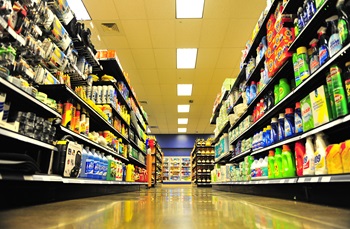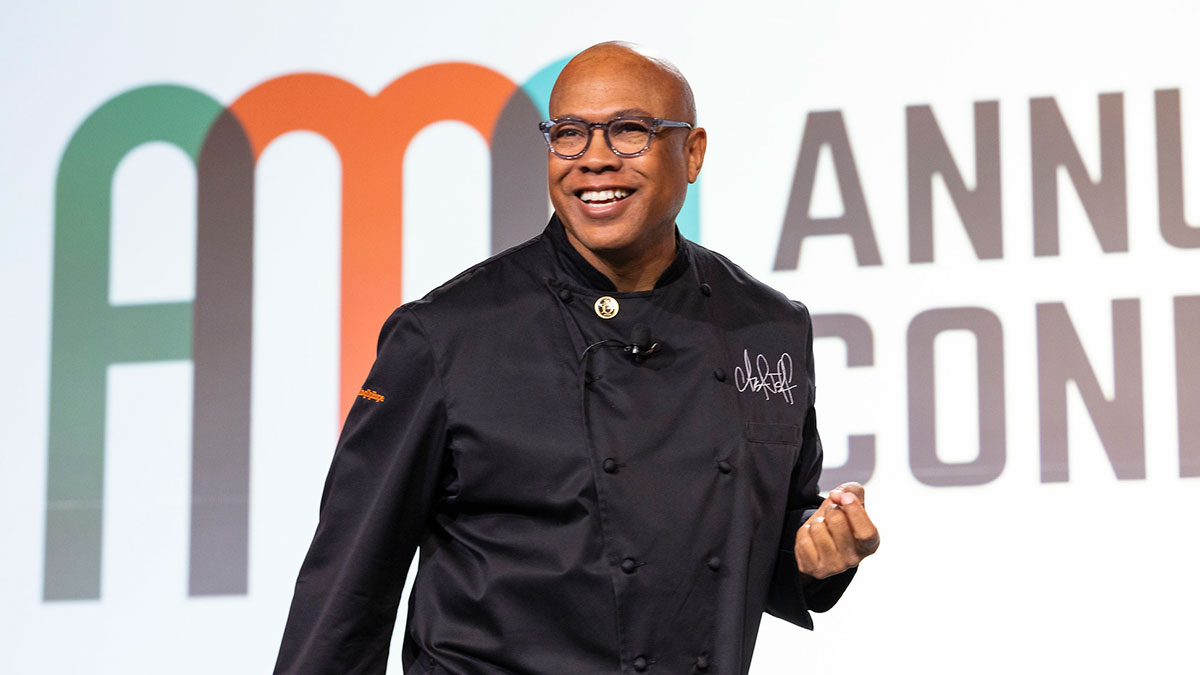By: Chad Ross, Manager, Industry Relations, Food Marketing Institute
 According to the Institute of Hazardous Materials Management, a hazardous material is any item or agent (biological, chemical, radiological, and/ or physical), which has the potential to cause harm to humans, animals, or the environment either by itself or through interaction with other factors. You may not think the food retail industry manages hazardous materials; however, if not handled properly, everyday items like bleach, florescent bulbs, aerosol cans, batteries and expired pharmaceuticals can be considered dangerous.
According to the Institute of Hazardous Materials Management, a hazardous material is any item or agent (biological, chemical, radiological, and/ or physical), which has the potential to cause harm to humans, animals, or the environment either by itself or through interaction with other factors. You may not think the food retail industry manages hazardous materials; however, if not handled properly, everyday items like bleach, florescent bulbs, aerosol cans, batteries and expired pharmaceuticals can be considered dangerous.
Grocers know that hazardous spills or exposures impact more than just the front of the store, as removing dangerous products can be more expensive than your typical “clean-up on aisle seven.” With no two spills happening the same way, it’s difficult for companies to predict the associated costs with managing critical situations. Not to mention the complexities of complying with regulations for hazardous waste has numerous monetary implications. A popular resource from the Environmental Protection Agency (EPA) outlines the intricacies of hazardous waste management in six steps: Identify, Count, Notify, Manage, Transport, and Recycle, Treat, and Dispose. When it comes to the proper disposal of unsafe contaminants, customer and employee safety are top priorities for food retailers. Having the confidence in your team to identify and classify hazardous waste is just an important as the ability to manage the situation.
At this year’s PROTECT 2018 conference, FMI will host professionals from Albertsons and Kroger discussing how to “Make Cents Out of Hazardous Waste.” Join FMI’s Risk and Safety as well as Asset Protection community at NRF PROTECT in Dallas, TX from June 11-13, 2018 to take a deeper dive on this topic.
Photo Credit: U.S. Air Force photo/Senior Airman Neil D. Warner/Released


 Industry Topics address your specific area of expertise with resources, reports, events and more.
Industry Topics address your specific area of expertise with resources, reports, events and more.
 Our Research covers consumer behavior and retail operation benchmarks so you can make informed business decisions.
Our Research covers consumer behavior and retail operation benchmarks so you can make informed business decisions.
 Events and Education including online and in-person help you advance your food retail career.
Events and Education including online and in-person help you advance your food retail career.
 Food Safety training, resources and guidance that help you create a company food safety culture.
Food Safety training, resources and guidance that help you create a company food safety culture.
 Government Affairs work — federal and state — on the latest food industry policy, regulatory and legislative issues.
Government Affairs work — federal and state — on the latest food industry policy, regulatory and legislative issues.
 Get Involved. From industry awards to newsletters and committees, these resources help you take advantage of your membership.
Get Involved. From industry awards to newsletters and committees, these resources help you take advantage of your membership.
 Best practices, guidance documents, infographics, signage and more for the food industry on the COVID-19 pandemic.
Best practices, guidance documents, infographics, signage and more for the food industry on the COVID-19 pandemic.
